So, for the record, this blog isn't sponsored by any local agency or funded by any grants. Any costs, going to shows, buying CDs, etc come out of my pocket. I do, occasionally, link to items of Amazon or other stores (sort of like I did today, below ) which would, in theory help pay for the blog, but in the past two years, have brought in less than $300 bucks.
That said, I'm not against sponsorship or advertising and hey, it would be great just to blog for a living,and live a fat cat life of minor bribe receiving, but at this point, the opinions hear are my own and colored only by my bad taste, not by funders.
Good question though. On with artsy stuff.
“There was a strange connection [with Christina]. One of those odd collisions that happen. We were a little alike. I was an unhealthy child that was kept at home. So there was an unsaid feeling between us that was an utter naturalness.” A – Wyeth.
Museums and libraries have long thrilled me as places of refuge. It’s telling of my personality perhaps, that I seek out cool, quiet places with clean restrooms where quiet introspection is not only tolerated, it’s expected. Still though, I was surprised Saturday at Youngstown Ohio’s Butler Institute of American Art - the first museum dedicated exclusively to American Art – at the amount of people who weren’t there. A fine museum in a metro area showing a major free exhibition on a beautiful day attended by four people – three of them in my group.
“Andrew Wyeth: Watercolors and Drawings” is a collection of the popularly admired, but critically snubbed, Wyeth’s work including the studies (but not the actual painting, a egg tempera piece too delicate to move) for his most famous work, “Christina’s World”. In this show, sketches are enlarged, shrunken combined and fleshed out on their way to the final project. Entire studies are spent on an elbow, delicate lines creating a figure of strength, but reveling in the delicateness of the joint, the lines on the skin, the flakes and folds created by work and life.
By exhibiting sequential sketches and final paintings, the artist’s physical and indeed internal, process is laid bare. We watch, for example, the color slowly fade out of the work until, by 1949, Wyeth is using only earth tones in an attempt to lose his predilection as his wife said, “to use color for color’s sake”. Without color, the line and the techniques, the watercolor drapery and the physical scraping of the image begun to create what we expect from Wyeth – a Hopper-like sense of isolation (or if you’re anti-Wyeth an illustration rather than fine art quality) as found in , “Christina’s’ World” the artist’s most iconic image of a woman staring from the grass towards the house (a pose, revealed in the exhibit, but until then unknown to me, created because Christine suffered from a degenerative muscle disorder – losing the use of her legs eventually pulling herself around the house by her hands, or sliding on the chair – refusing a wheelchair until the end of her life – associating it with feebleness, a trait which she assuredly did not possess). 
Some of the studies add a much needed piece of whimsy to an otherwise cold set of images. Paw prints on some of the sketches illustrate Wyeth’s careless disregard of his studies as well create a sense of the artist as human, in contrast to the watercolors in the exhibit which have rushed, busy brush lines, adding to a sense of urgency, sometimes adding a hint of violence to an otherwise coolly considered artistic mise en place.
That violence is connected to a thirst for control that a portraitist feels for his subject. In this work, even those choosing not to be present become representational subjects through items become atavistic. A bag of drying shell beans become a stand in not only for Christina’s brother, Alvaro, who made the decision not have his portrait done after a short time with Wyeth, but also a stand-in for the Alvaro’s way of life as opposed to Wyeth’s – the beans are the business (and busyness) of the kitchen, a trope for the life and split household duties of brother and sister. These portraits, perhaps like all portraits, say less about their subjects and more about their creator. Through these watercolors and temperas, Wyeth is working out his own thoughts on life, death, isolation, and loneliness as well as difference.
“Andrew Wyeth: Watercolors and Drawings” runs at the Butler Institute for American Art until December 16, 2007.
Threadless has begun a $10 holiday tee-shirt sale. My daughter is thrilled and I'm leaning towards Northern Ice Pilot:

Speaking of Butler, A Voice Like Rhetoric is looking for a band to play a bill with them in Butler on December 2nd. Sensitive singer-songwriter types with soulful eyes need not apply. Yeah, I'm talking to you two, Wincek and Parsons
Planning on watching some flix over T-giving? Last year I drank too much brandy and watched Ken Burns' Jazz. If you planning a similarly self-loathing holiday, you could do worse than Alternative Reel's top ten alternative documentary films. (profanity follows the link)
Free and legal download:
The Trib Review previews Pittsburgh native and author of one of my favorite books, In the Heart of the Sea
"Picturing Childhood," a Carnegie Museum of Art exhibition that runs through Jan. 13, showcases 40 elegant black-and-white photographs created by amateurs from three overlapping generations spanning the 1800s to the mid-1900s.

Dinosaur Jr plays Mr Small's tonight.
TuneCore is offering a free and legal 34 song album at iTunes which includes the good (Harry and the Potters) and the "meh..." (Steve Vai)
Don't dig the wheat? Live in NWPA? Now there's a gluten free blog just for you!
The Boston Phoenix explores the need for copyright reform. To which I add a hearty "Uh-huh!"
![]()
![]()







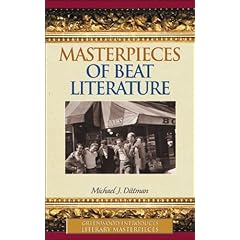
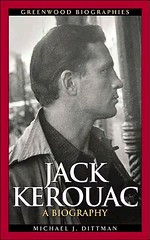



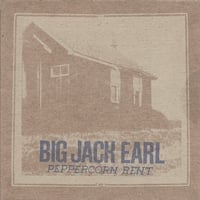
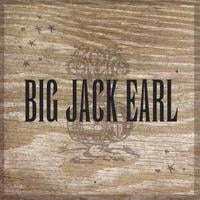
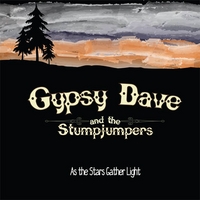
1 comment:
Andrew Wyeth's self-portrait was a pair of boots -- I thought it was very expressive!
Post a Comment